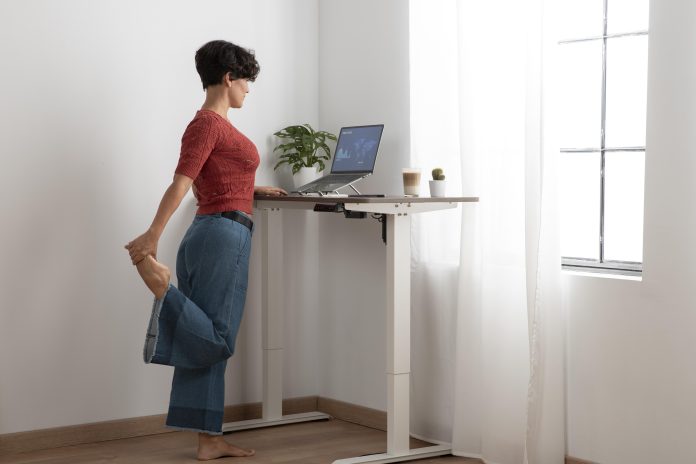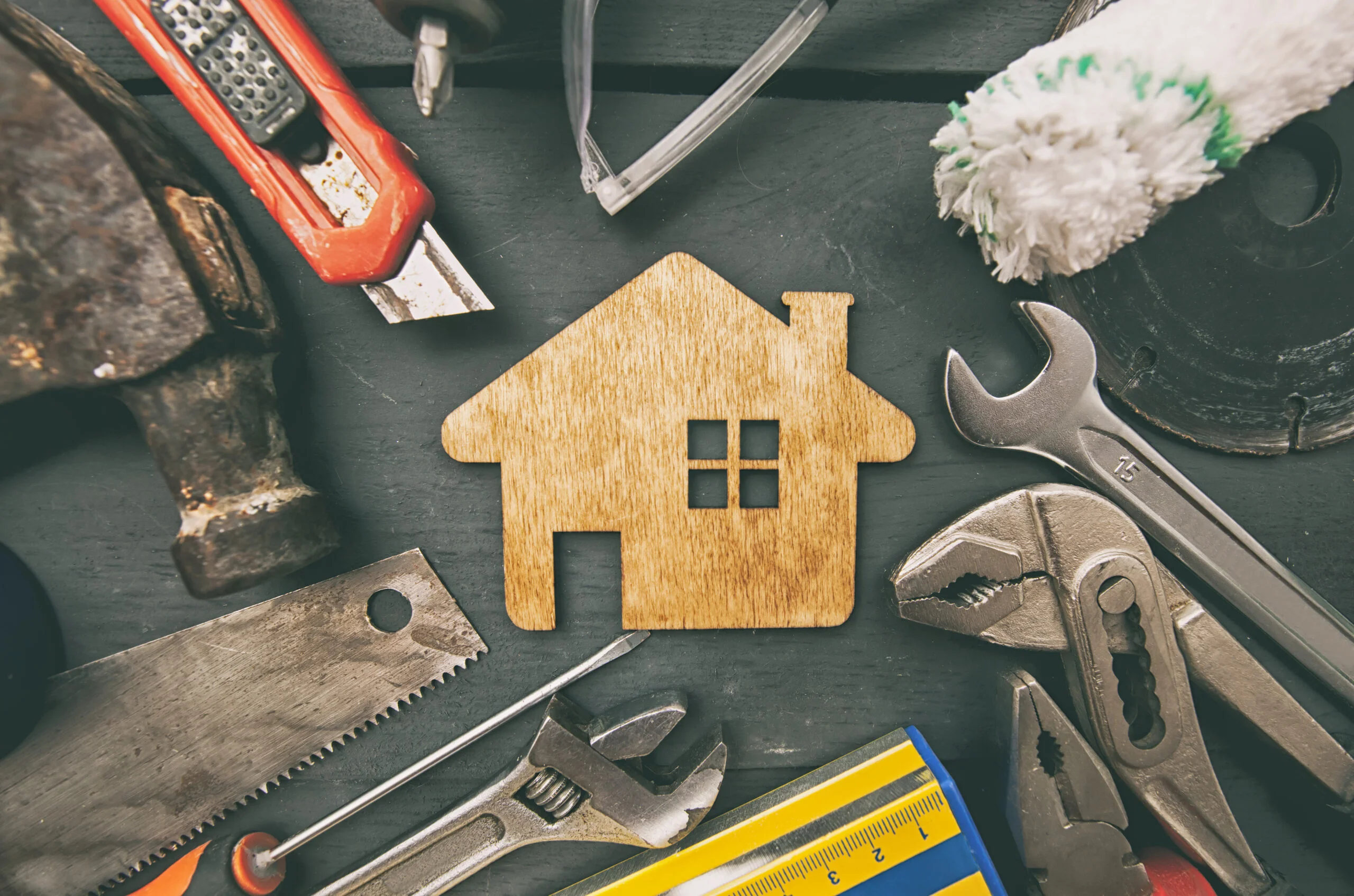Creating a comfortable and productive workspace is vital for both health and productivity. This article explores the importance of finding the right combination of desk and chair to ensure a relaxed working environment.
Ergonomics at the Forefront: Enhancing Workplace Comfort and Efficiency
Ergonomics, the science of designing a workplace to fit the user’s needs, is pivotal in creating an effective and comfortable working environment. This section delves deeper into the key aspects of workplace ergonomics, highlighting how the right setup can significantly impact health and productivity.
At the core of ergonomics lies the understanding of human body mechanics. Adapting workstations to align with natural body postures minimizes stress on muscles and joints. This approach not only enhances comfort but also reduces the risk of long-term health issues.
The Role of the Desk in Ergonomics
A desk is the centerpiece of any office setup. An ergonomically designed desk should allow for a comfortable reach and sufficient space to prevent clutter. The introduction of standing desks has been a game-changer in ergonomic office design. These desks allow users to alternate between sitting and standing, reducing the adverse effects of prolonged sitting, such as lower back pain and poor circulation.
Selecting the Right Chair
An ergonomically designed chair supports the natural curve of the spine. Features like adjustable height, lumbar support, and tilt mechanisms are essential. The chair should encourage a sitting posture where feet are flat on the ground, and thighs are parallel to the floor.
Importance of Screen Position
The position of the computer screen is crucial to prevent neck and eye strain. The top of the screen should be at or slightly below eye level. Screens should be placed about an arm’s length away to avoid eye strain.
Keyboard and Mouse Placement
The keyboard and mouse should be positioned to allow for a relaxed arm and hand posture. Using adjustable trays or stands can help align the keyboard and mouse at the correct height and angle.
Last, but not least: Personalize your workplace. Every individual has unique physical attributes and work habits. Personalizing the workspace to cater to these犀利士
individual needs is vital. This may include adjusting the chair, desk, or monitor, and incorporating footrests or wrist pads for added comfort.
The Ideal Desk: More Than a Work Surface
Selecting the right desk is crucial for an ergonomic and productive workspace. It’s not just a surface for your computer and papers; it’s the foundation of your work area. A desk should provide ample space for all necessary equipment and supplies, allowing for a clutter-free and organized workspace. Adjustable height desks are a game-changer, offering the flexibility to change postures throughout the day.
The size of the desk is also key. It should be large enough to accommodate your work style, whether it involves multiple monitors or space for writing and reading. Consideration of the desk’s material can impact not only aesthetics but also durability and comfort. Desks with a matte finish can reduce glare, which is easier on the eyes.
Cable management is an often-overlooked aspect of a desk. A desk with built-in solutions for cable management can keep the workspace tidy and reduce hazards. The desk’s placement in the room is important too; positioning it to face away from direct sunlight can minimize screen glare and eye strain.
Transform Your Desk into an Ergonomic Oasis: Enhancing Functionality and Personal Comfort
Ergonomic accessories like keyboard trays or monitor stands can enhance the functionality of the desk. These additions ensure that every element of your workspace is aligned with your ergonomic needs. Personalizing the desk with plants or personal items can also enhance the overall work experience, making the desk feel like a personalized work haven.
Choosing the Perfect Chair: Comfort Meets Functionality
Selecting the ideal office chair is a critical decision for anyone who spends a significant amount of time at a desk. The perfect chair combines ergonomic design with personal comfort, ensuring long hours at the desk are not detrimental to one’s health. Key features to look for in an office chair include adjustable lumbar support, which is essential for maintaining the natural curve of the spine.
The height of the chair should be easily adjustable. This feature allows users of different heights to sit comfortably with their feet flat on the ground and thighs parallel to the floor. Armrests play a significant role in reducing shoulder strain and should be adjustable to comfortably fit the user’s arms. The seat of the chair should have enough padding to be comfortable for long periods of sitting, but not so much that it loses shape and support.
Regular Breaks and Movement: Essential for Long-Term Health
Incorporating regular breaks and movement into the workday is crucial for maintaining long-term health and well-being. Sitting for prolonged periods can lead to a variety of health issues, including back pain, poor circulation, and increased risk of chronic diseases. Short, frequent breaks are therefore essential to counteract the negative effects of prolonged sitting.
Standing up, stretching, or walking for a few minutes every hour can significantly improve circulation and reduce muscle tension. It’s not just the body that benefits; these breaks can also refresh the mind, leading to increased productivity and creativity. Creating a routine that includes movement breaks can help make this a regular part of the workday.
Quick and Easy Desk Exercises to Stay Active
Start with neck rolls to relieve tension; gently roll your neck from side to side and then front to back. Next, move on to shoulder shrugs by lifting your shoulders towards your ears, holding the position for a few seconds, and then releasing. This helps in easing shoulder and neck stiffness.
Wrist stretches are also important, especially for those who type a lot. Extend your arms and rotate your wrists in circular motions to reduce strain. For your lower body, leg extensions can be quite beneficial. While sitting, extend your legs straight out and flex your feet to stretch your leg muscles.
Torso twists are excellent for your spine. Sit up straight and gently twist your torso from side to side for a good spine stretch. Finally, do ankle rolls by lifting your feet off the ground and rolling your ankles to improve circulation in your lower extremities.








